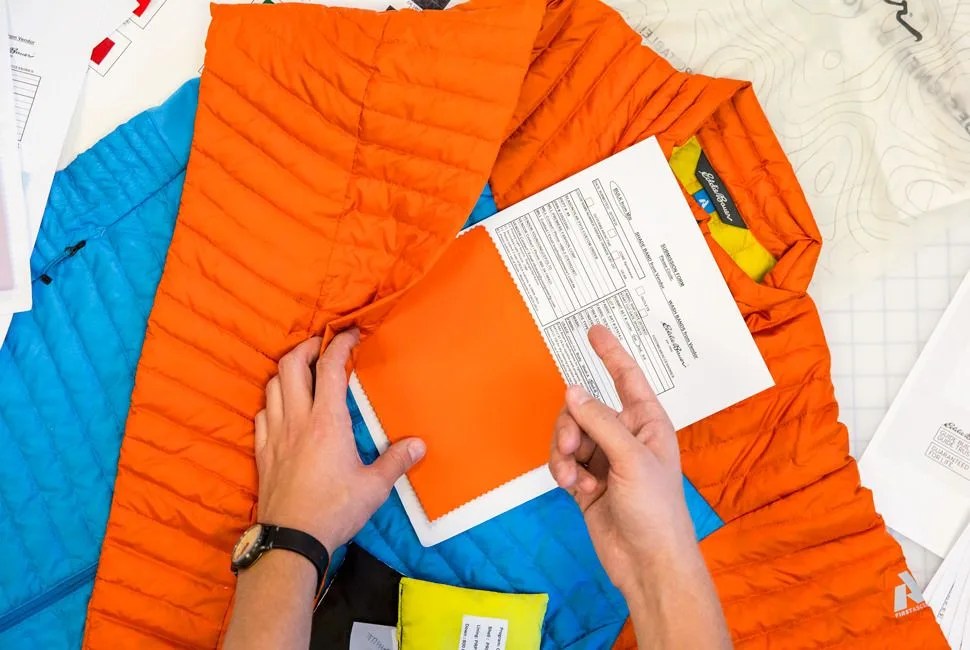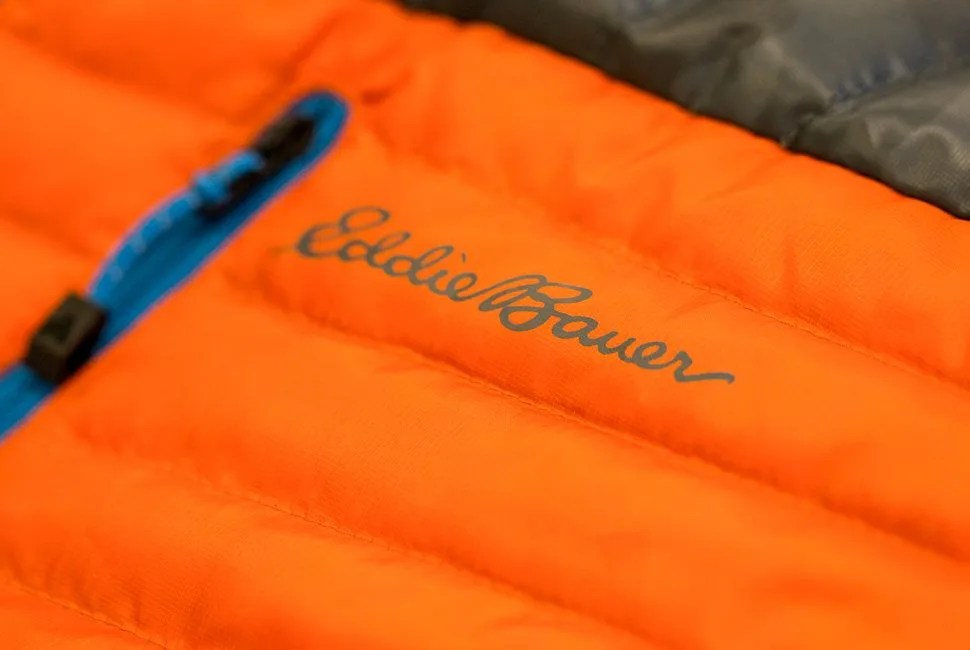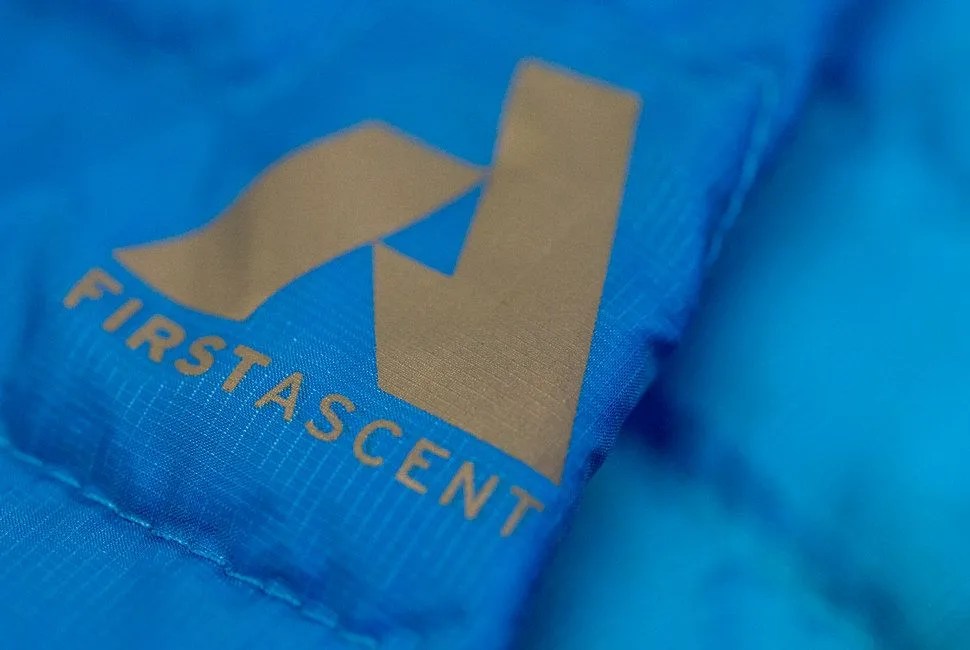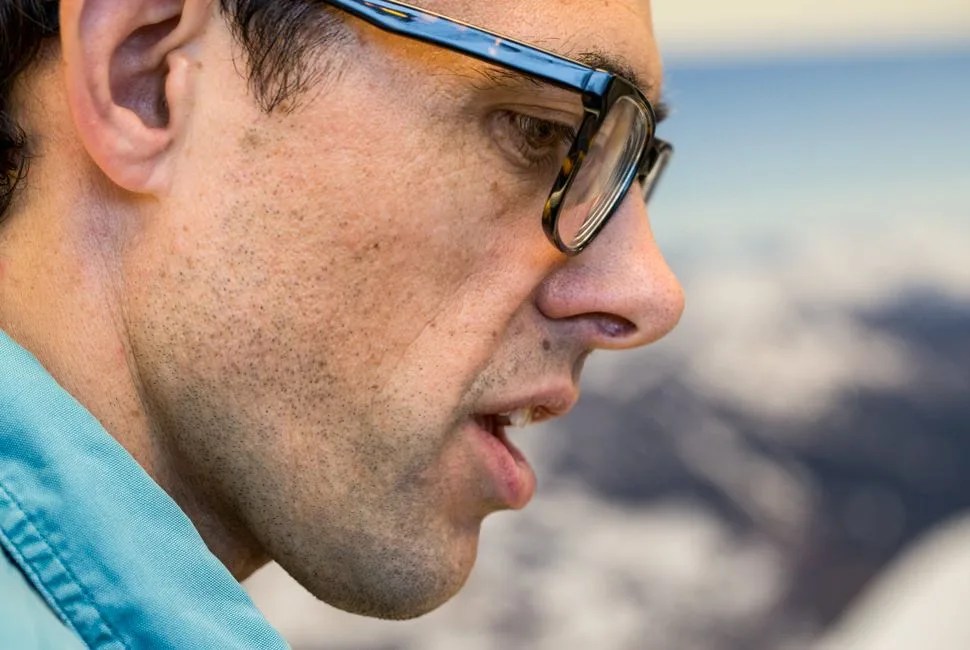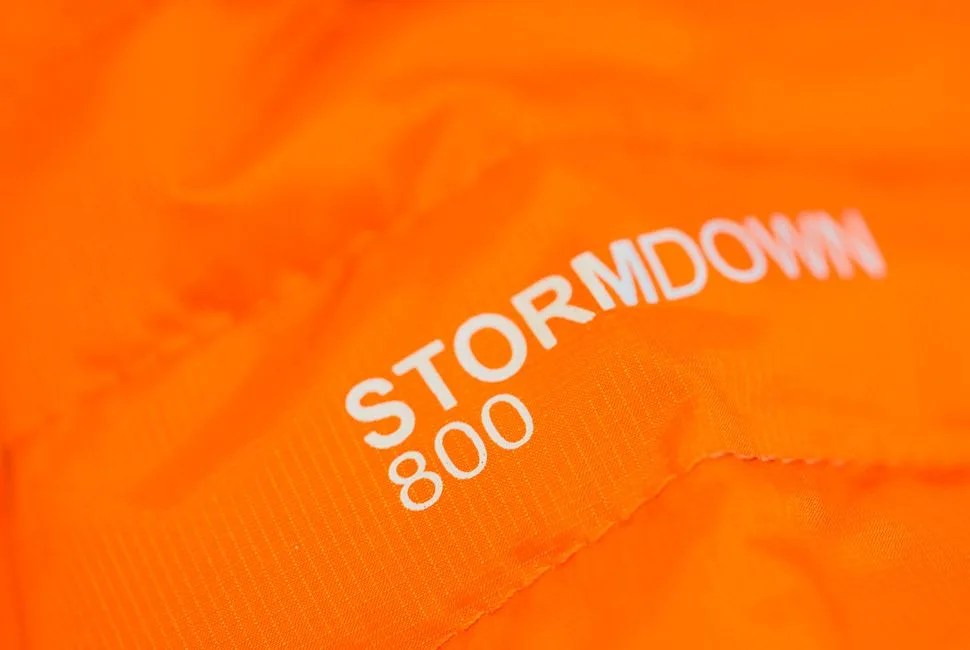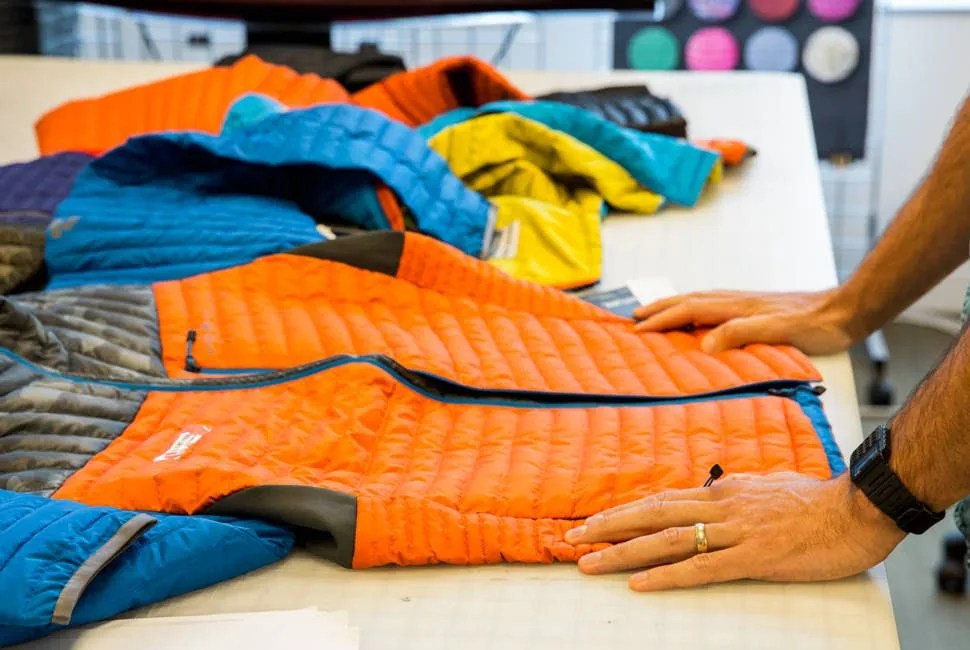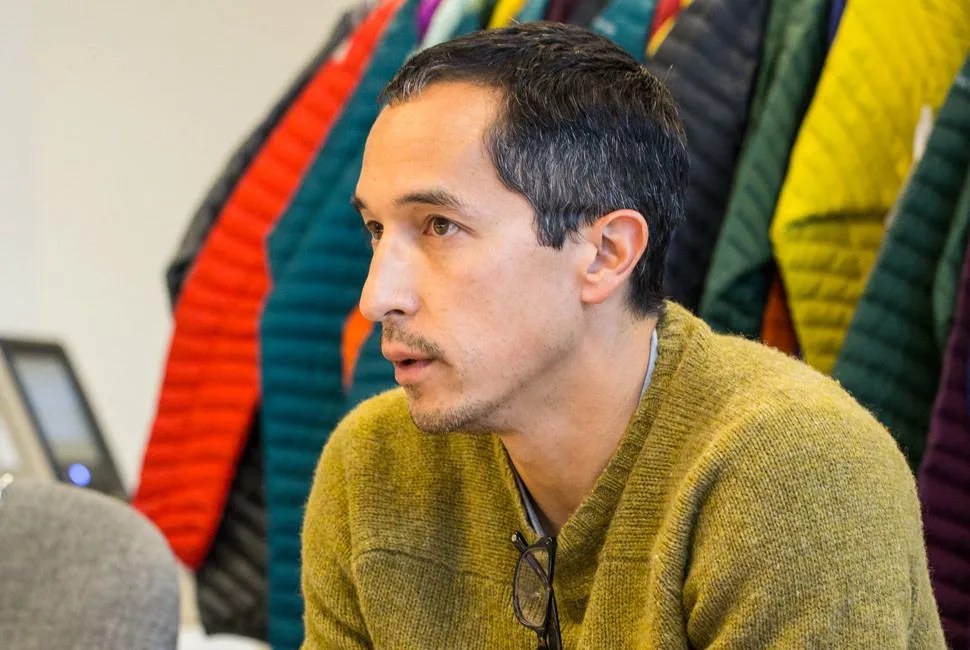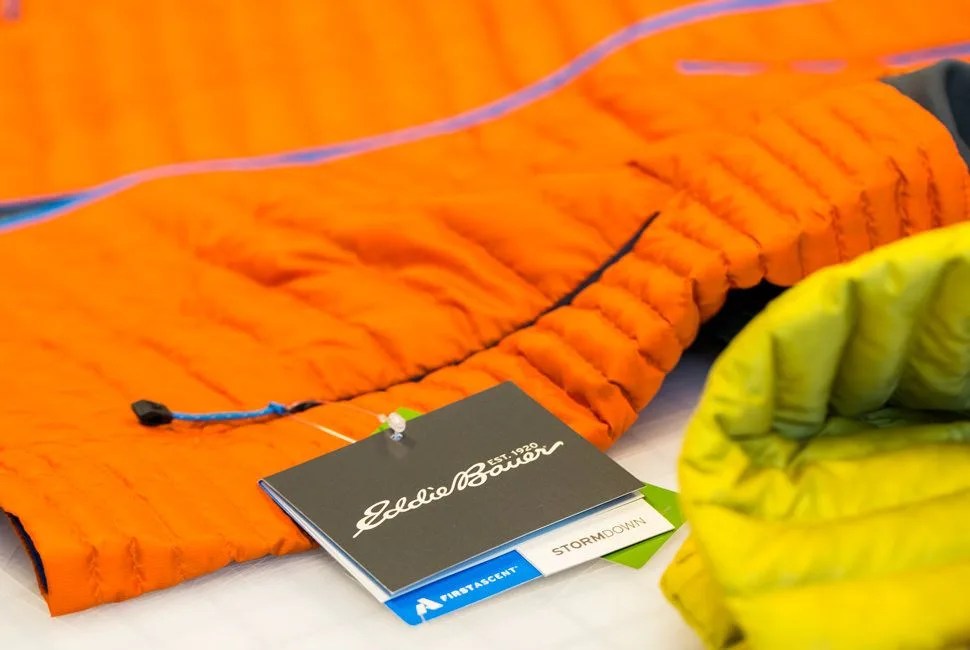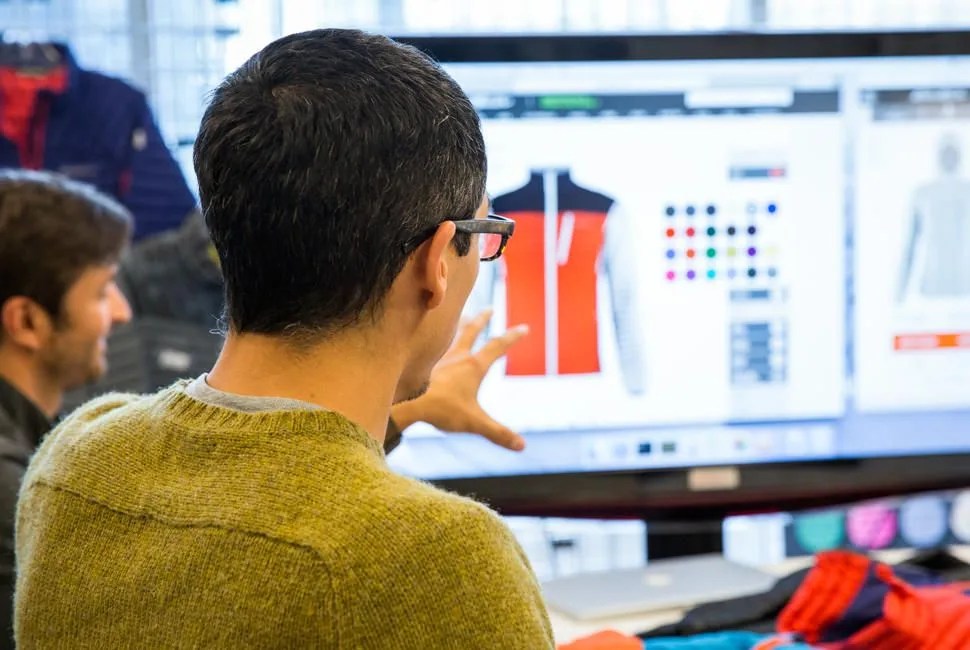
This feature is part 2 of our series on Eddie Bauer. To read about their role in the creation of the down jacket click here.
Today, the Bellevue, Washington headquarters of Eddie Bauer, a company that just celebrated its 95th birthday, are buzzing with design and development meetings full of employees who have worked at the company for under five years. This isn’t a coincidence. If you want new ideas, you need new people. And after spending the ’80s, ’90s and early 2000s focused on lifestyle gear and house wares, Eddie Bauer doesn’t want to just reenter the outdoor outfitting industry with the rest of the pack. They want to lead it.
“I view that era as a detour,” said Damien Huang, Senior VP of Product & Design at Eddie Bauer, who was at another major outdoor outfitter not long ago himself before relocating to help Eddie Bauer to retake the mountain. “But we’re back on track right now.” Today, adventurers who are now 25 to 40 years old grew up associating Eddie Bauer with durable lifestyle clothing and well-made limited-edition Ford Explorers. Now, with the help of Huang and his team of designers, the brand is getting back to its bread and butter.
14 photos
Eddie Bauer’s first shakeup of the expedition industry occurred in 2009, with the implementation of the “guide-built program.” It started with a small group of six guides — not famous athletes on the world stage, but skilled and experienced outdoor professionals who took everyone, from novices to experts, anywhere they wanted to go. “It’s a very specific choice to work with guides versus simply leading athletes,” said Huang. “A guide who can help you get to the top of the mountain or catch your first steelhead is a very different kind of person than somebody who can just catch a steelhead by themselves, or climb by themselves.” Eddie Bauer wanted teachers who’ve helped nurture passion in exploration — not just naturally gifted adventures — so that their team could help improve their products for the larger market. Since the guide built program was implemented, performance categories have quietly risen from a mere 10-20 percent of the company’s total sales to its primary moneymaker.
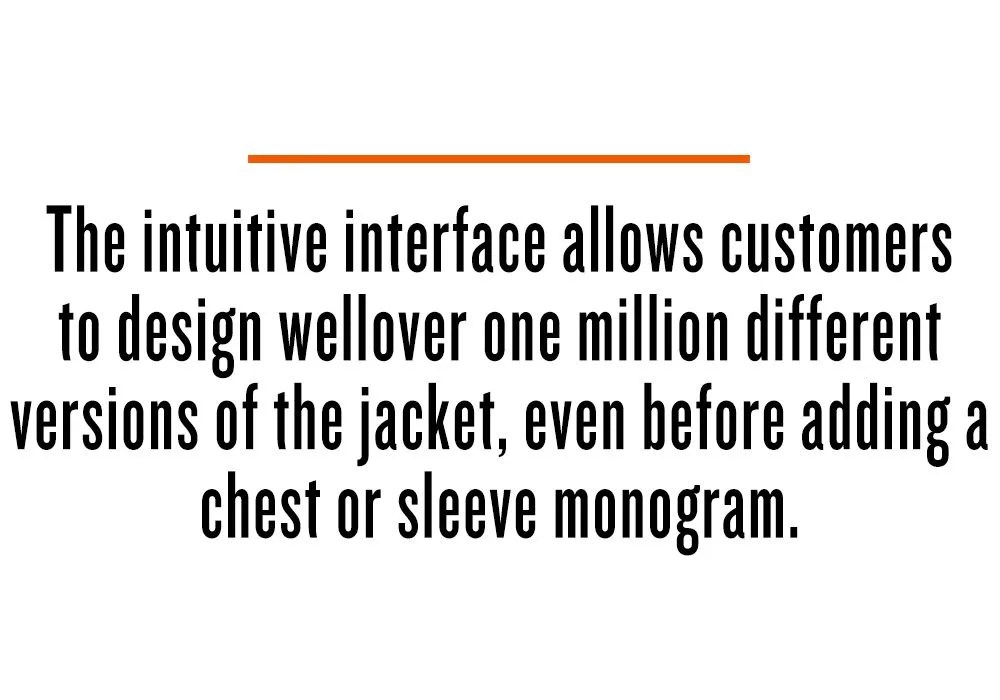
The purpose of the guide-built program was to gain advice from professionals who observed outdoor gear being used by the entire cross-section of adventurers, instead of the top 1 percent of athletes, as is the focus for many other performance brands. It led to some simple but revealing changes. In the beginning, Eddie Bauer, along with many of their competitors, offered jackets with reversible zippers. The guides immediately told them to never make another reversible zipper; it’s an unnecessary gimmick on a vital part of the jacket that’s just one more thing to fail high up on a mountain when you need it the most. Since then Eddie Bauer’s First Ascent line, overseen by the guide built program (which has grown to include 36 guides), has transformed into a series of clothing and outdoor gear that performs on the mountain with minimalistic, function-forward designs — while still remaining hugely popular among customers with an outdoor lifestyle, or what Huang calls “life outside the mountain.”
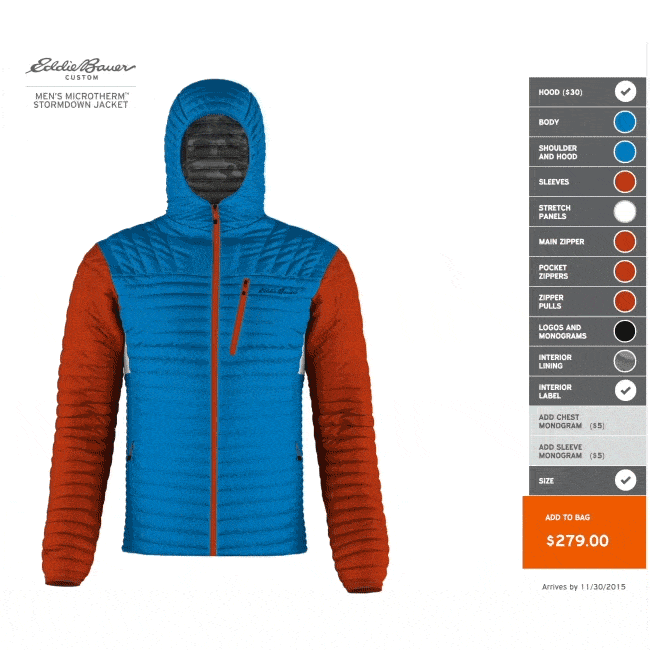
Integrating uncompromising performance and protection against the elements with the lifestyle sector that Eddie Bauer once dominated, they made lemonade out of a few decades of lemons. The next natural step in merging these two categories was complete personalization. Not only would their clothing be the best, it would be wholly for the individual. “We’re trying to support the idea that it’s your choice how you experience the outdoors, or whatever you find enjoyable,” said Huang. “It’s the start of a very robust consumer experience that allows people to express themselves.” Huang is talking about the launch of Eddie Bauer Custom, an online interface that takes the customization experience offered by other retailers and heightens it. Using the fully interactive interface, customers select the color and pattern of nine different sections of the company’s extremely popular Microtherm Stormdown Jacket — from the sleeves and inner lining, all the way down to the detailing of the zipper pulls and monograms. The intuitive interface allows customers to design well over one million different versions of the jacket, even before adding a chest or sleeve monogram.
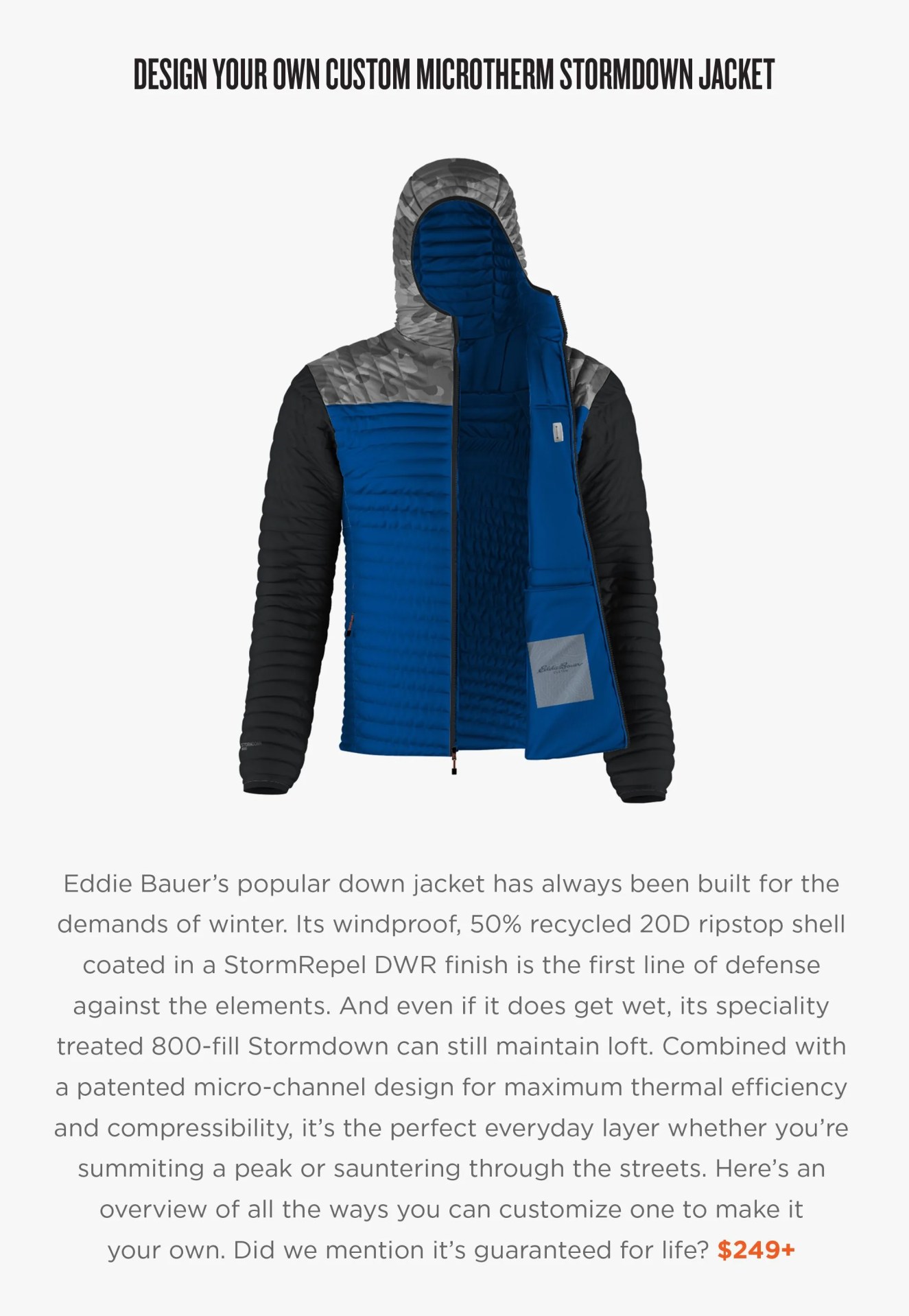
The Microtherm Jacket was chosen because it embodies Eddie Bauer’s ethos of performance on the mountain with versatility around town. “The Microtherm is very much in line with the trend toward outdoor clothing becoming much more a norm,” said Charlie Berg, product line manager, who manages the project (which has involved almost every department at the company). “It functions well for the entire spectrum of what you do in your life.” The significance for the company is obvious: the concept of a lightweight but warm down jacket originated at Eddie Bauer in 1936, and was then patented a few years later as the first quilted down jacket in America, the Skyliner. However, Huang also hinted at an expansion of Eddie Bauer Custom to a handful of other apparel products in the coming year.Eddie Bauer wants to provide customers with the options to “pick their sport and pick their adventure,” and they plan on expanding Eddie Bauer Custom to support this. For Berg, this extends far beyond the aesthetics of color and monograms. Berg mentioned that potential future editions of the service could support customization relating to function, something that has never been done on a large scale in the outdoor outfitting industry. The details are still being considered, but Berg gave examples, such as integrating different fabrics into sections of the jackets, like corduroy into the shoulders and elbows for outdoorsmen, or offering different levels of down fill for those who want to tweak the exact warmth and weight of a jacket for their home mountain, or just their favorite restaurant.
Though Berg and Huang had to adapt their production in order to offer color- and pattern-customized jackets, the Microtherm Stormdown Jackets are the same quality as the original design. They are tailored to an active fit and stay close to the body for easy layering without limiting mobility. The down is responsibly sourced — customers can track exactly where their jacket’s down supply came from — and the name “Stormdown” comes from the water-resistant coating sprayed onto the down for faster drying in wet conditions. Stretch fleece panels under the arms add range of motion and the micro-channel design balances warmth with packability. The completely customized jacket comes with a lifetime guarantee and starts at $249 for the base model, with a hood and custom chest and sleeve monograms adding on another $30 and $5 respectively.
The biggest surprise of the Eddie Bauer Custom’s launch is its capability on mobile platforms. Instead of sitting in front of a computer screen, customers can go to an Eddie Bauer store, try on a standard Microtherm Jacket and, while they’re in the dressing room looking into the mirror, customize a version of the jacket on their smartphone. That’s not just an effective process with a huge number of possible customizable combinations — it’s beating the competition in convenience, too.
Personalized color and pattern designs aren’t concepts that will revolutionize the outdoor outfitting industry. But if Berg and Huang continue to push forward with what they’ve started, we will soon see Eddie Bauer give power back to the customers in a way that is revolutionary. Eddie Bauer himself broke ground by guaranteeing every one of his products — no questions asked — and adapted his designs to the concerns of customers when he first launched his company; the Eddie Bauer of today has gone back to its roots, not only in where their gear can be worn, but in exactly what the customer wants it to look like.




